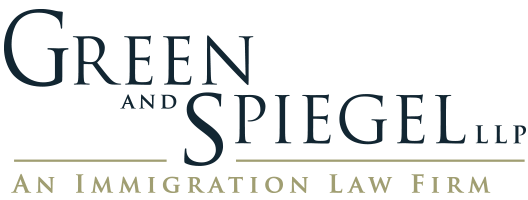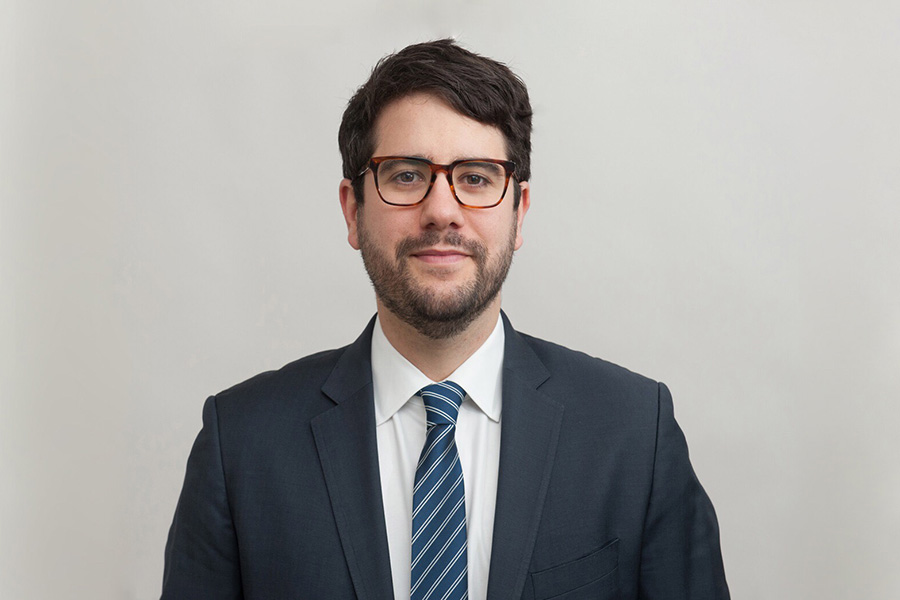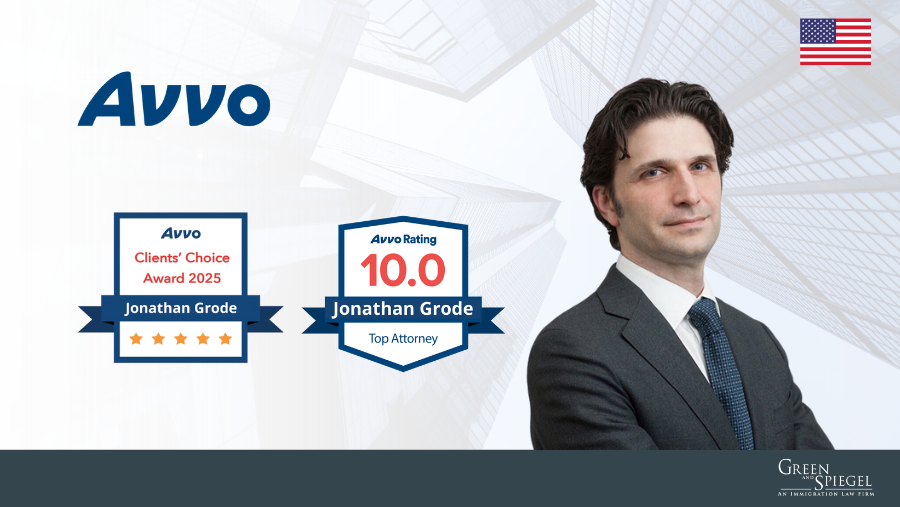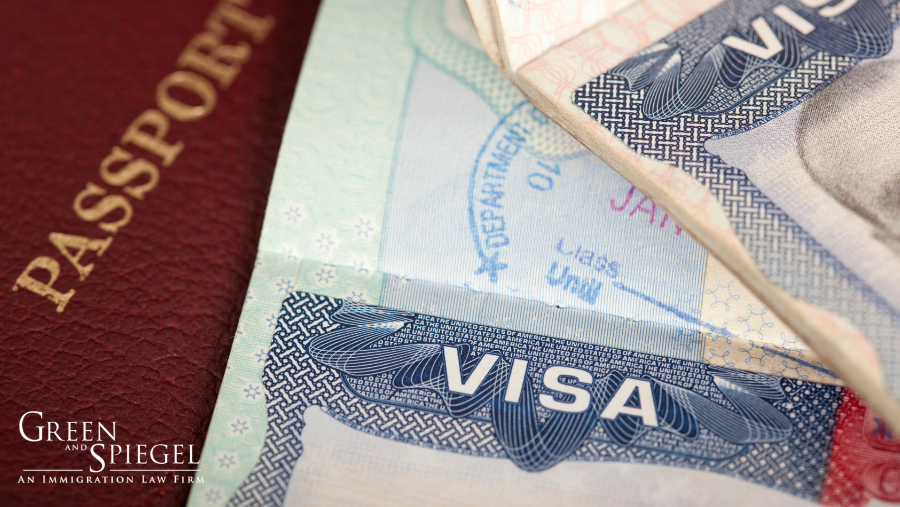In a reversal from USCIS’ usual opaqueness on the H-1B Cap Process, the Service recently offered insights into exactly how many H-1B Cap Registrations have been selected since the new filing system went into effect in March 2020. With this year’s H-1B Cap process still ongoing (selected cases must arrive at USCIS no later than June 30, 2021), the data for last year’s H-1B Cap is a bit more complete than for Fiscal Year 2022. However, please note that neither dataset made available distinguishes between the U.S. Master’s Cap and the Regular Cap.
Specifically, USCIS revealed the following:
- For Fiscal Year 2021
- Of the 274,237 H-1B Registrations received within the prescribed filing period, USCIS initially selected 106,100Registration to fill the 85,000 H-1B Visa quota, making the initial acceptance rate approximately 39%.
- Due to the COVID-19-induced economic downturn and resulting low filing volume of initially selected Registrations, USCIS conducted a second randomized selection in August 2020, wherein it chose an additional 18,315 Registrations.
- Note – USCIS did not confirm how many H-1B Visas the extra 18,315 Registrations were meant to fill, just that that was the additional amount selected.
- In total, USCIS selected 124,415 selected registrations, meaning the overall selection rate for Fiscal Year 2021 was approximately 44%.
- For Fiscal Year 2022
- This past March, USCIS received 308,613 H-1B Registrations from more than 37,000 different prospective employers.
- Of the 308,613 Registrations submitted, nearly half were for prospective employees with U.S. Master’s Degrees (or higher).
- To fill the 85,000 spots, USCIS selected 87,500 Registrations – making this year’s selection rate approximately 28%.
- At this point, USCIS cannot determine how many more Registrations, if any, will be selected to fill the H-1B quota. However, we should expect updates in the coming months as H-1B Petitions arrive at USCIS Service Centers by the end of June.
It has been long-held as fact that USCIS would select more H-1B Petitions than the 85,000 new H-1B Visas available, to account for the multitude of reasons a selected case may not lead to an approved H-1B Visa Petition. With this announcement, USCIS has made us privy to just how many extra cases they have selected over the past two years, and that the number of extra cases selected may vary from year-to-year.
But, of course, USCIS taking us behind the curtain inspires additional questions, such as but not limited to:
- What is the formula for projecting how many H-1B Registrations are selected to exhaust the allotment of 85,000 new H-1B Visas? What economic indicators inform that calculation?
- With respect to the excess Registrations selected to meet this year’s (and other’s) Cap quote, what is the breakdown between U.S. Master’s Cap Registrations and Regular Cap Registrations?
- How many H-1B Visas remained outstanding when USCIS selected more than 18,000 additional Registrations last year? And what was the U.S. Master’s Cap/Regular Cap breakdown for available Visas, and extra Registrations selected?
- Of the more-than-306,000 H-1B Registrations submitted this year, how many were for unique Beneficiaries? In other words, how common was it for more than one employer to submit a Registration for the same individual?
With this latest show of transparency, we hope that USCIS may disclose additional details about its H-1B Cap selection to answer these and other questions.
In the meantime, if you have any questions regarding the H-1B Cap process generally, or your specific case, please feel free to contact our Firm to schedule a consultation.




